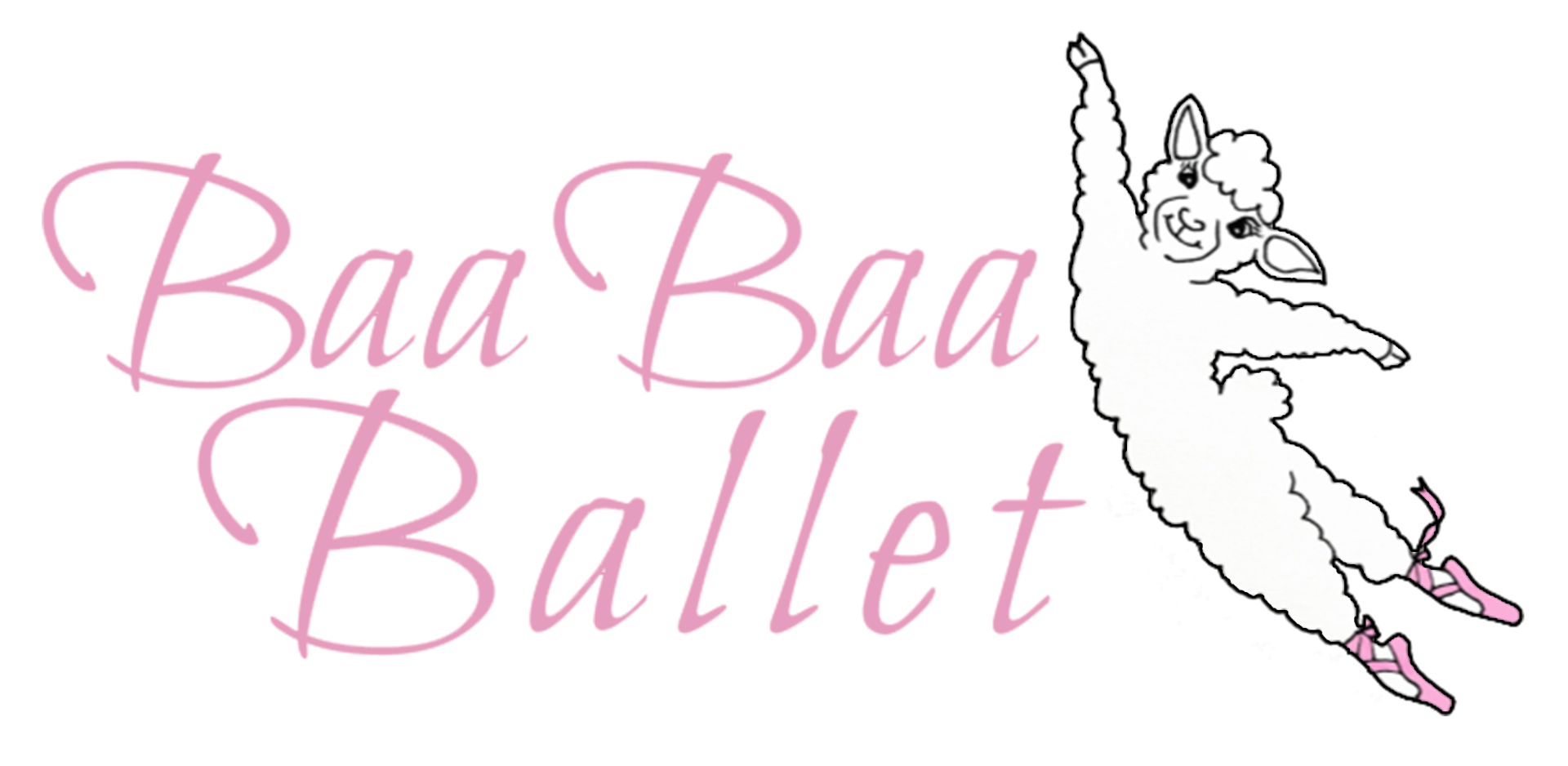
Pointes and Perspective #39 The Power Of Speech
The Power of Speech
I am currently taking a Public Speaking course, and if you don’t already have this down as one of your talents, you should. If you are a dance teacher, you’re already a public speaker. And probably a really good one!
Public speaking is woven into the fabric of our daily work as dance teachers. Teaching requires more than physical demonstration; it involves clearly communicating complex information and inspiring students to engage fully.
I know, when we hear “public speaking,” we picture someone standing on a stage with a mic clipped to their blazer, delivering a TED Talk or giving a keynote at a conference. But in truth, public speaking happens every single day in the dance classroom. We’re doing it every time we introduce a new step, break down a correction, connect movement to musicality, or shift the energy in the room with just our words. That’s not just teaching, it’s speaking. And you’re doing it with power, presence, and purpose.
In dance, it’s easy to assume the body does most of the talking. But let’s be honest, dance teachers talk a lot! We explain, translate, inspire, coax, redirect, cheerlead, and challenge - all through words.
You might not call it a “presentation,” but when you introduce a variation or walk students through rehearsal notes, that’s exactly what it is. How many times have you come home from a weekend of rehearsals with no voice left?!
When you give that last-minute pep talk before a performance, or convince a discouraged dancer to try again, that’s persuasion at its finest. Persuasion is particularly vital in the dance classroom. Dance is physically demanding and emotionally rigorous, and it is common for students to feel overwhelmed, frustrated, or discouraged. We often need to motivate students to stay committed, to trust the process, and to push through fear of failure.
You’ve mastered the structure of public speaking, even if you don’t call it that. If you’ve ever taught a ballet class in its traditional sequence, you’ve already used a time-honored speech pattern. You begin at the barre, progress to center, and build toward grand allegro and reverence. You introduce, you transition, you conclude. You know how to pace a rehearsal, flow between exercises, and keep a room engaged. Those are the same skills great speakers use, and you’ve been practicing them all along.
You have refined the art of delivery. I am sure you regularly ask rhetorical questions. “What does ‘tendu’ mean?” You already know the answer, of course, but you ask to prompt critical thinking, encourage student engagement, and build confidence as they search for the answer themselves. Your questions frame the lesson and create a dialogue rather than a monologue.
The way we speak matters. The tone we use to cue movement, the rhythm of our corrections, the energy in our storytelling. It all communicates far more than just what step comes next. Have you ever quieted a room by simply lowering your voice? Used a playful tone to re-engage a distracted group? Or added just the right pause before saying something meaningful? That’s public speaking!
And as dancers, we’re already fluent in nonverbal communication. You probably don’t even realize how often your body language, eye contact, and presence are working just as hard as your words to lead the room. Just the other day I used eye contact to convey empathy, when I saw a student struggling. Rather than calling them out, I connected silently through a glance that said, “I see you. We’ll get through this.”
Dance teachers are natural storytellers. Every time you share how you learned a tough step, describe your first audition, or explain why King Louis XIV was one of the original theater kids, you’re using storytelling to teach. And that’s one of the most powerful tools any speaker can use. Stories stick. They humanize the material, connect emotion to content, and help our students remember the heart behind the technique.
At every step, we commit to public speaking ethics, communicating with transparency, accuracy, and respect, reflecting a deep sense of purpose that guides our teaching and speaking alike.
So many dance teachers don’t see themselves as “speakers.” But the truth is, if you lead a class, coach a team, run a rehearsal, or explain your methods to parents or studio owners, you’re speaking publicly. And you’re doing it all the time. Let that empower you!
Your studio is your stage. Your voice is your instrument. And your ability to connect and really reach the humans in front of you, is your superpower.
Those skills extend far beyond the studio. They serve you when you present at a conference, film a class for online content, speak on a podcast, or even advocate for arts education in your community.
So, the next time you hear the words “public speaking,” don’t count yourself out. Smile. You’ve been doing it brilliantly all along. You’ve been speaking with clarity, creativity, and heart every day, whether you realized it or not.
As Glinda reminded us in The Wizard of Oz, “You had the power all along, my dear.”
The Power of Speech

